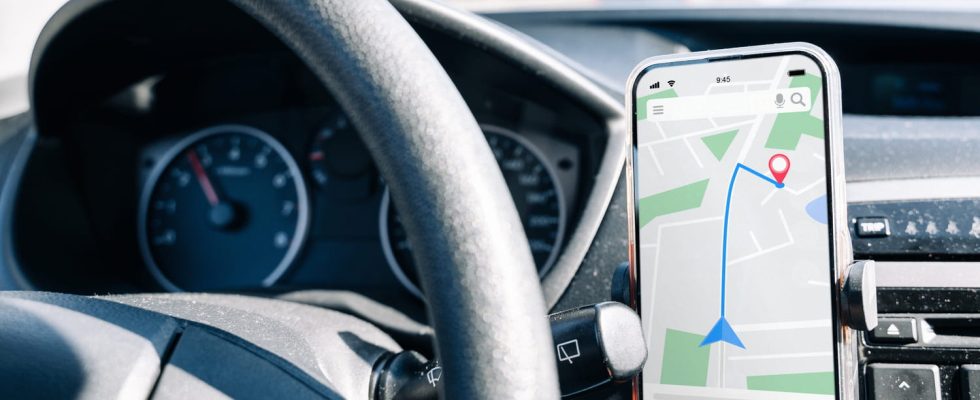Many motorists are unsure whether it is better to rely on the speed of their car speedometer or that of the GPS to avoid being caught speeding.
Constantly increasing, even if the latest trend is stagnation, the number of speed cameras in France was close to 5,000 at the end of 2023. Speeding remains, by far, the main infraction of the Code of the road observed and the number one fear of motorists once behind the wheel. The proliferation of these electronic detectors installed on the side of our roads has an unfortunate consequence on our way of driving: the time spent watching our speed rather than the road to stay within the authorized limits.
Moreover, it is interesting to understand how calculating the speed of a car works. If you have an eye, you have certainly already noticed that there is a difference between the measurement displayed on the meter located behind the steering wheel and that indicated on navigation applications, such as Waze or Google Maps, very popular with users. . The speed can differ by several kilometers/hour, which can be confusing when you are driving at the limit of the authorized limit and a speed camera is in sight.
So, who should we believe to avoid the risk of being flashed? First of all, you should know that the calculation of the speed is not done in the same way, which explains the differential. A car’s speedometer displays the speed calculated either by a sensor installed on the gearbox, which converts the speed of the engine shaft into information, or by a sensor installed at the wheels, which calculates the number of rotations made . The GPS for its part performs a calculation based on your position and the time between two geographic changes. Additionally, in both cases, some data may truncate the exact result.
On the manufacturers’ side, and therefore the speedometer on board each vehicle, the speed is always deliberately overestimated. An increase of 5 to 10 kilometers/hour according to the manufacturers. Beyond being a safety issue, this provides 100% assurance to the driver that they will not be flashed by a radar if they respect the speed limit indicated on their speedometer. When driving at 130 kilometers/hour on the speedometer on a motorway, the real speed will be between 120 and 125 km/h, so there is no chance of being caught for speeding. The speed calculated by a GPS is in fact more reliable because it is real, but can however be altered by different factors, such as the weather or the quality of the signal.
But to run no risk of receiving a fine in your mailbox, it is better to stick to the speed displayed on your meter rather than that of an application, especially if you have a habit of flirting with the authorized limitations. . As a reminder, the vast majority of speeding violations in France are below 20 kilometers/hour. An offense which costs 1 withdrawal point on the driving license and a category 4 fine if committed in town, i.e. 135 euros but reduced to 90 if paid within 15 days, and category 3 if it takes place outside the urban area, i.e. 90 euros possibly reduced to 45.
